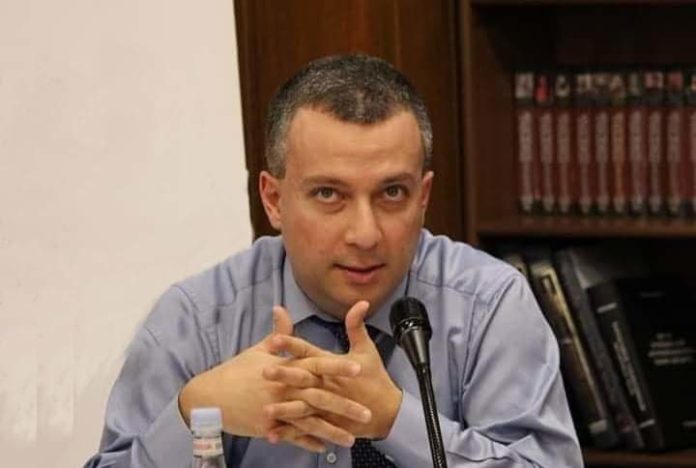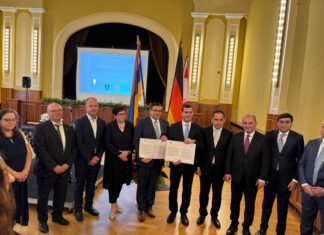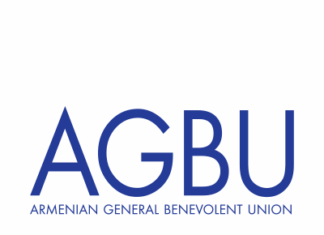The apparent impasse in Armenia – Azerbaijan negotiations after the military takeover surprised many, especially in the West. Many saw the existence of the self-proclaimed Nagorno Karabakh Republic and Armenians living there as the only main obstacle on the road to peace between Armenia and Azerbaijan.
According to this logic, as all Armenians were forced to leave Nagorno Karabakh and the latter’s president, Samvel Shahramanyan, was forced to sign a decree on the dissolution of the republic by the end of 2023, the stage was set for the peace deal between Armenia and Azerbaijan. Then, the narrative goes, Armenia will normalize relations with Turkey, and finally, it can take tangible steps to decrease its dependency on Russia. Then, a new era of peace will emerge in the region, with less Russia and Iran and more West, while Armenians, Azerbaijanis, Turks, and Georgians will happily live, trade, and interact with each other.
It is challenging to argue that this was the primary motive behind the EU’s intensive involvement in the Armenia – Azerbaijan negotiations, as this narrative requires strategic thinking, which Brussels still lacks. However, many in Washington looked in that direction with some hope. Thus, when on September 26, Secretary of the Security Council of Armenia Armen Grigoryan met with Azerbaijani President Ilham Aliyev’s foreign policy advisor Hikmet Hajiyev in Brussels, many in the West were anticipating the biggest triumph of the EU in the post-Soviet world to happen soon – Armenia and Azerbaijan signing a peace agreement in Brussels or some other Western capital by the end of 2023, marking the beginning of the new era for the EU and the region.
However, instead of creating a triumph, the next two months resulted in confusion, irritation, and anger in the Western capitals. Azerbaijan suddenly reduced its involvement in the Western platforms of negotiations, canceling meetings in Granada, Brussels, and then Washington. Baku started to speak about the destructive role of the Western powers in the region, accused them of being pro-Armenian, and called for solving the region’s problems by regional powers – sounding precisely like Russia and Iran.
Instead of having a region with less Russia and Iran and more West, the military takeover of Nagorno Karabakh by Azerbaijan resulted in a more volatile South Caucasus, where Azerbaijan now puts pressure on Armenia and takes steps to renew its relationship with Russia and Iran, and where the 3+2 platform appears more and more influential. At the same time, the EU and the US are confused and have no clear idea what to do next. The EU now says that instead of putting pressure on Azerbaijan, it will increase its support to Armenia, but apparently, this is not what the EU hoped to achieve just two months ago.
So, what happened in the last two months? To answer this question, we must analyze the Armenia – Azerbaijan negotiations under the Western umbrella of the last two years. After the first meeting of President Aliyev and Armenia’s Prime Minister Nikol Pashinyan took place in Brussels in December 2021, the idea emerged that Armenia should reduce its bar on the status of Nagorno Karabakh and recognize the territorial integrity of Azerbaijan within Soviet Azerbaijan borders. Everyone understood that if Armenia recognized Nagorno Karabakh as part of Azerbaijan, then Armenia eventually should agree with the dissolution of the Nagorno Karabakh Republic and all its institutions, including the NK defense army. Having a separate state inside Azerbaijan and another army besides the Azerbaijan army is impossible.








